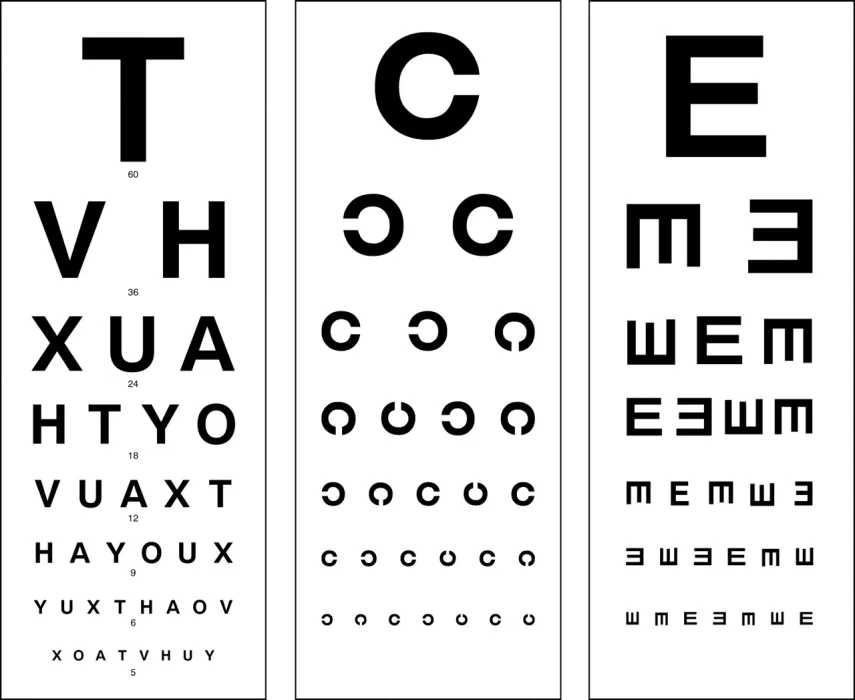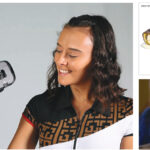The term 6/6 vision has become a common concept, but what does it actually mean and how is vision tested? A distance vision test is measured using a board at a distance of 6 meters under conditions of maximum contrast.
(black on white) in good lighting conditions, using letters, numbers or shapes. During the test, the optometrist presents the numbers and checks what the smallest letter/number/shape the subject can see.
Each eye is tested separately, then both eyes together. The result is recorded using a fraction numerator and denominator.
The counter – Fixed: 6
(The standard is 6 meters, but the test may be conducted at 5 meters or 4 meters, and then the size of the numbers is adjusted to the new distance)
The denominator – Represents the distance at which the subject will have to stand in order to see the signal.
for example:
A person with 6/6 vision will stand 6 meters away and recognize the signal that has been set well.
A person with 6/12 vision will only recognize the letter if they stand half the distance, 3 meters.
The larger the denominator, the weaker the vision..
Visual acuity of 6/24 or less is considered poor vision, but people who are active, drive, or work on a computer will have difficulty if their vision is less than 6/12.
Healthy people without eye problems or diseases can improve their vision with regular glasses or contact lenses. People with various eye diseases will need special accessories and glasses that magnify letters in different ways in order to see well.





